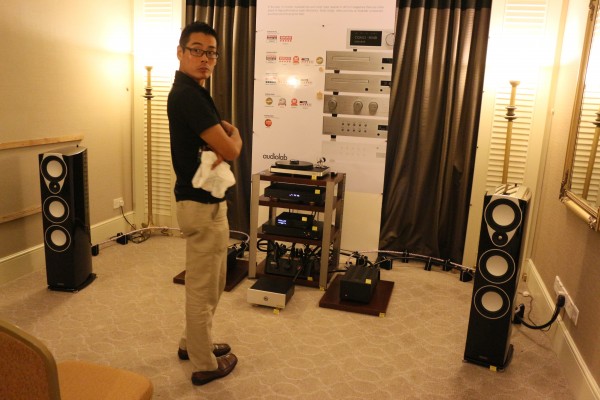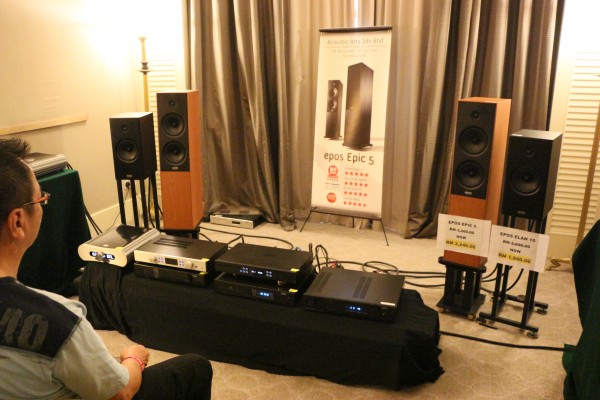By Lam Seng Fatt
By now, you must already know which was my favourite room. It was the one that I went to twice to listen to the dynamic and exciting sound and ask the turntable designer himself questions about his design principles.
Yes, you are right. It was…
The Vertere room
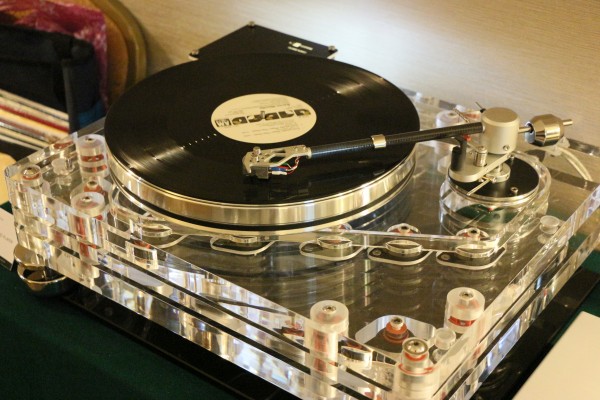
The turntable was stylish with its vinyl plinths including a suspended mid-plinth. The phono preamp, preamp and power amps were from well-respected FM Acoustics and the speakers were, well, pretty Neat.
The sound was extremely dynamic, fast and punchy. It was exhilarating. Touraj, the designer, told me all about why unipivot tonearms are not ideal and why upward-facing bearing spindles do not work. He also said holding a record tightly against a platter with vacuum suction is not a good idea as it would transfer all the noise of the turntable to the record.
If it were possible, he would have the LP spinning in mid-air. His ideas may be outlandish to some people, but the end result of his work revealed that his ideas work – the sound quality was fantastic.
Audio Image
The other room that lured me back was – not surprisingly – spinning vinyl. Adrian used a Thales turntable. What was revolutionary was not that the turntable was battery powered, but its tone arm consisted of two parallel tubes that could slide and the counterweight was split into two and could also move.
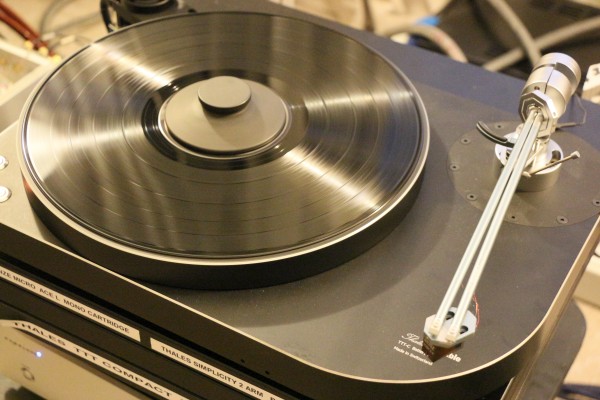
This effectively resulted in the headshell moving so that the stylus will be parallel to the grooves at any position along the LP. In other words, with the Thales tonearm, there are no null points.
I went to the room twice – once to hear the Magico S3s being driven by Exposure amps and the other time when the Burmester integrated amp was used.
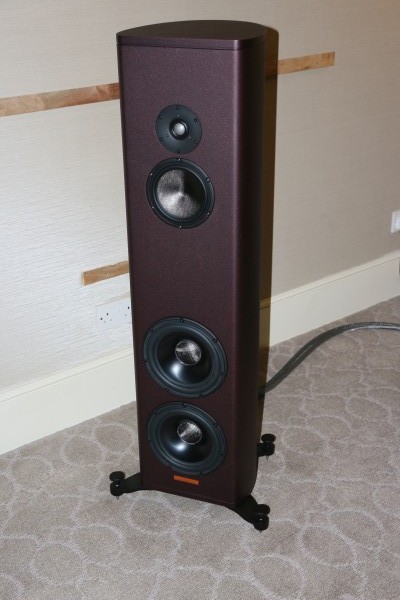
Hi-Way Laser
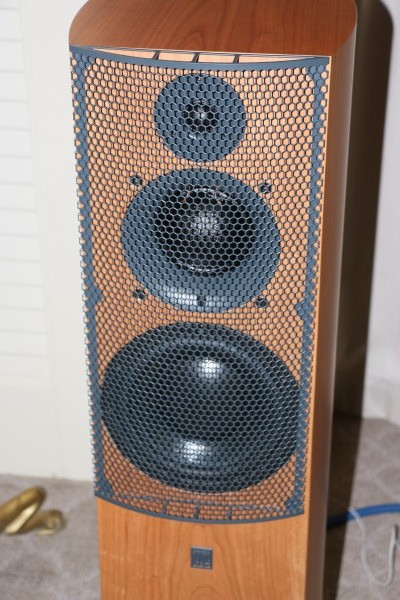
Okay, I am a bit biased here since I am using the ATC SCM40s, but the new models look much better with boxes with curved sides, see-through metal mesh grilles and new tweeters.
The sound was surely an improvement especially in the treble region. In previous KL International AV Shows, ATC speakers tended to sound tonally dark. Not this time – there was greater transparency and a “freer” and brighter treble.
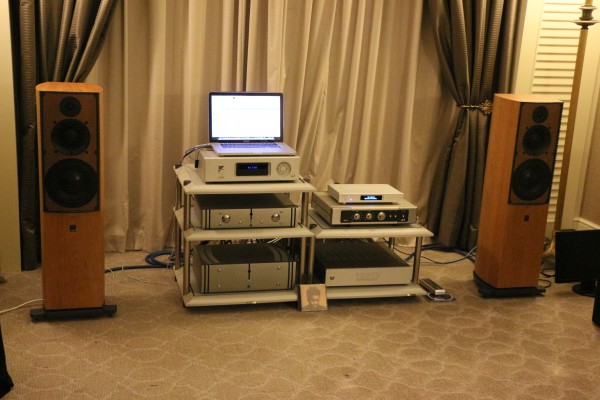
Hi-Way Laser used a complete ATC CD, pre and power amp to drive the ATCs.
Audio Art
Last year, my colleague Willy and his friends loved the BMCs while I thought they were just okay. But this year, I noted that they sounded rather good. Someone mentioned that the Loit CD player with its tube output stage could be the reason.
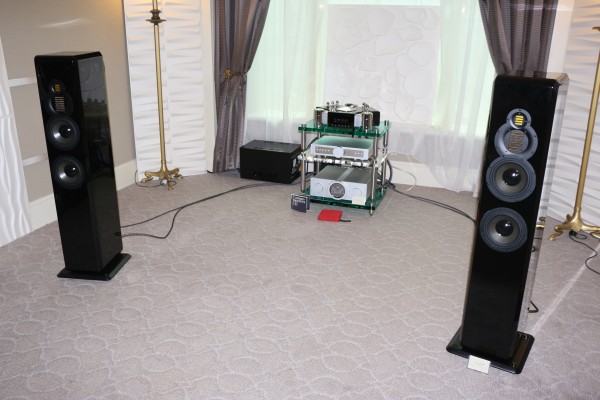
Whatever the reason, the BMC room was among the better-sounding ones this year.
AV Designs
As usual James managed to get good sound from relatively small speakers – the slim PMC FACT.12. It was supposed to be the launch of the PMC Twenty26 but they were relegated to be on static display only.
Powered by a full TAD system, the speakers filled the large room with good sound even though they looked too slim and small for the room.
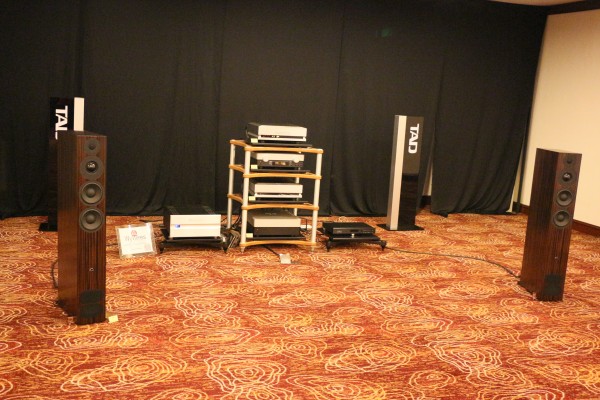
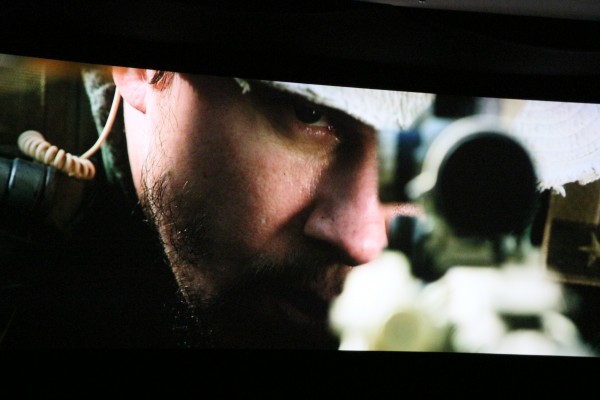
And as usual, AV Designs” home theatre room had the best picture of the show in terms of clarity and colour saturation. Their system comprised JVC RS49 and JVC RS67 top-of-the-range projectors which deliver 4K resolution via their e-shift feature; Panamorph expansion lenses; CineVista (entry-level) and DC1 (top-of-the-range). 140-inch wide, 2:40 aspect ratio, curved, acoustically transparent screen from Screen Research.
The audio segment of the AV system comprised Bryston SP3 Preamp/Processor; Bryston Power amps (7B-SST2, 4B-SST2, 2.5B-SST2); Bryston speakers (Middle T, TC1 Center Mini, Mini T and Mini T Subs) with cabling by WyWires. The sound of the home theatre system was excellent as well.
Maxx HT
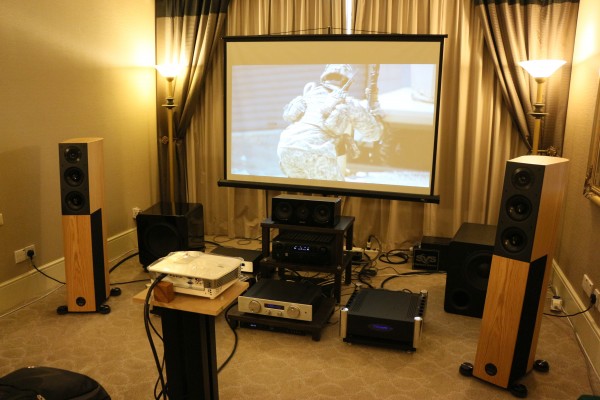
As usual, Max set up his sensurround system comprising Audio Physics speakers and SVS subs expertly with thunderous but not boomy bass and good rear effects.
Audionote
When I walked into the Audionote room, a classical piece was played at quite high volume. It was rather loud but the music did not break up and there was no distortion.
In the dim light, I could see that the cones of the speakers were blue – just like last year”s speakers – and I knew these were cones made of hemp.On the rack, I could also read a sign indicating that the amp was an eight-watter.
Well, an eight-watt amp could create loud music simply because the speakers were the high-efficiency variant. At 98dB sensitivity, they certainly could play loud.
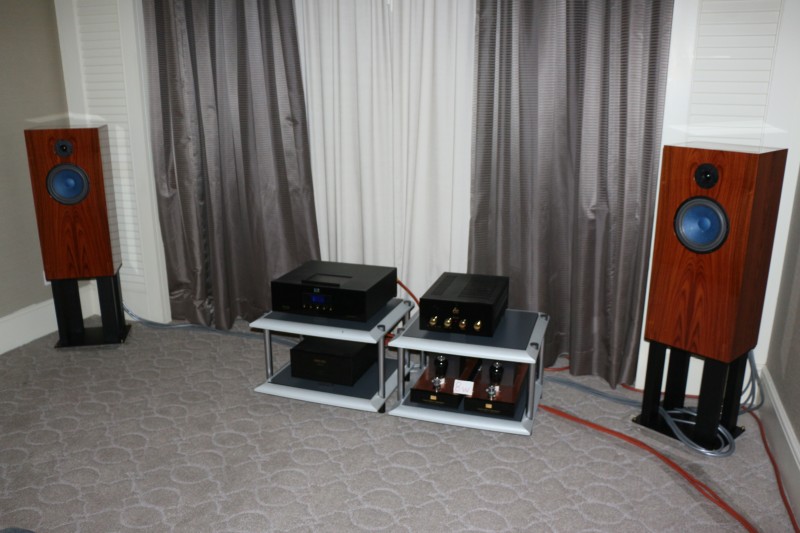
A & L Audio Station
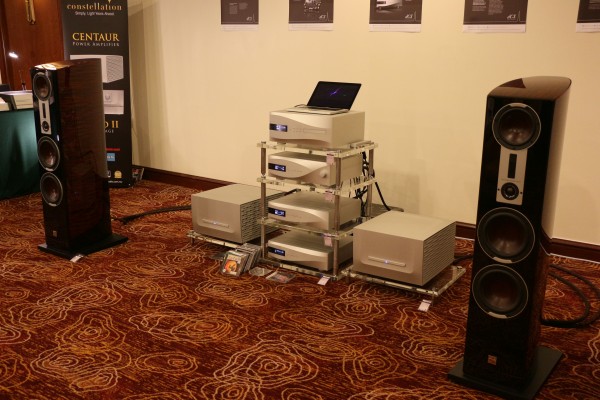
Here are a few more awards this year:
Best-looking CD player
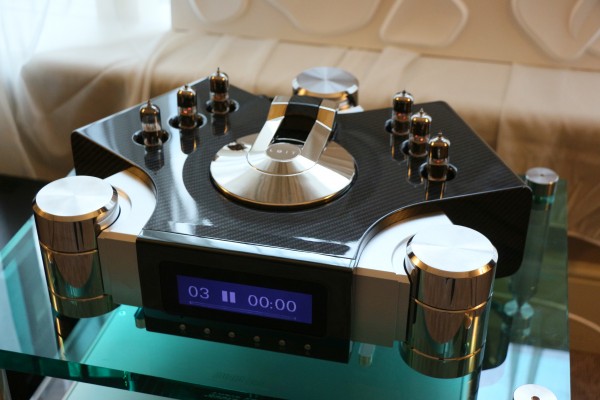
Sexiest speaker
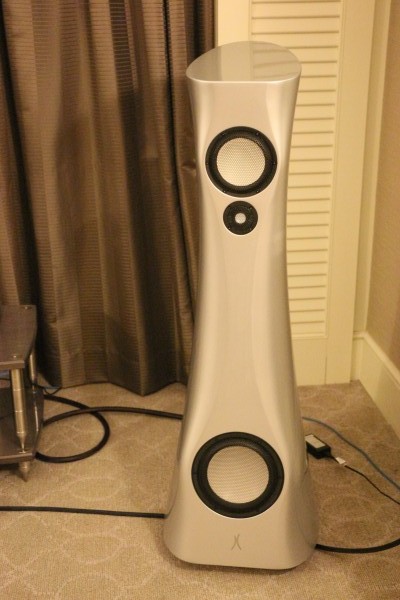
Biggest amp
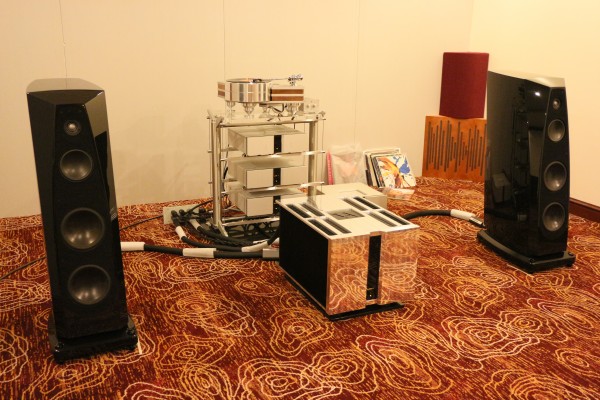
Most unusual component
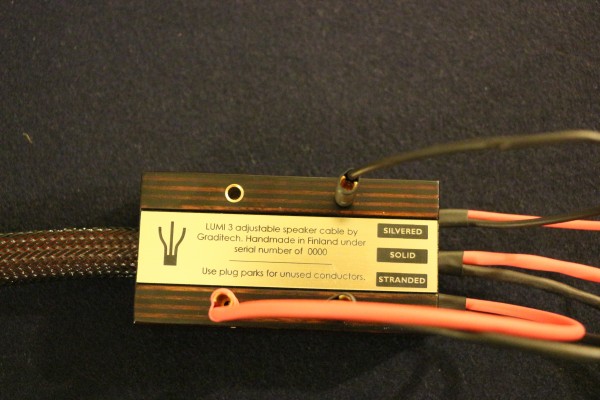
Best-looking combo
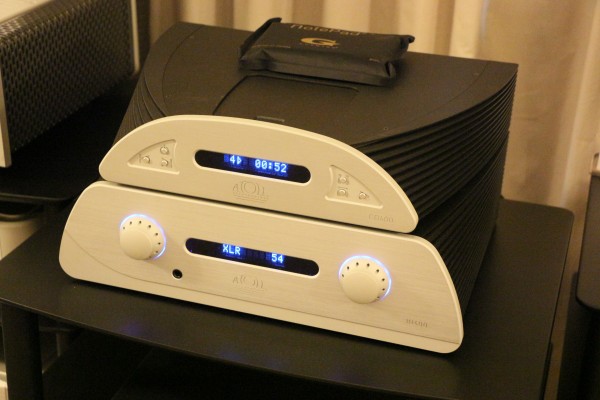
Best made-in-Malaysia speaker
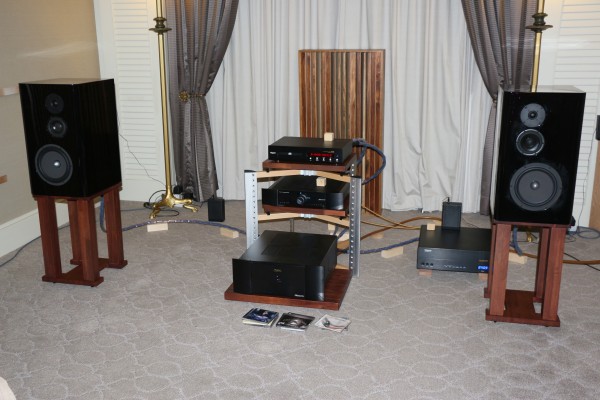
Most-affordable (and good) systems
